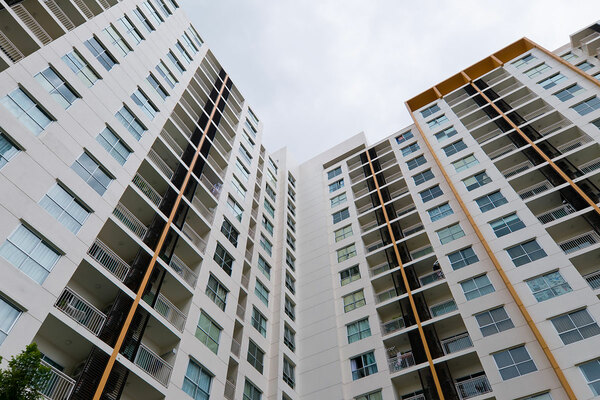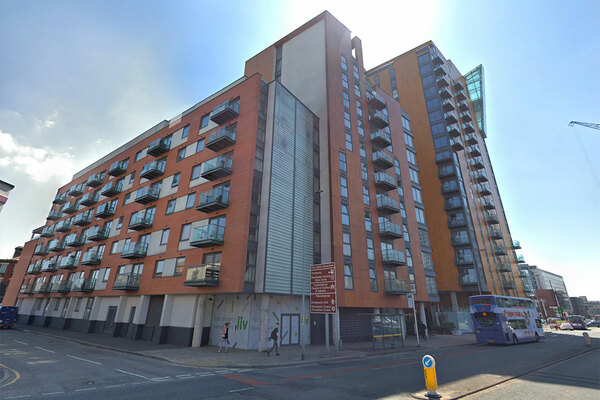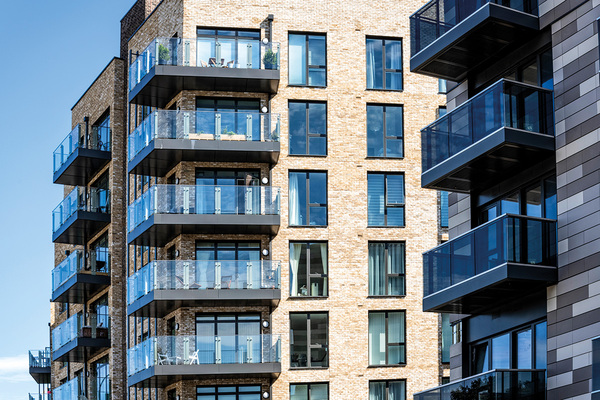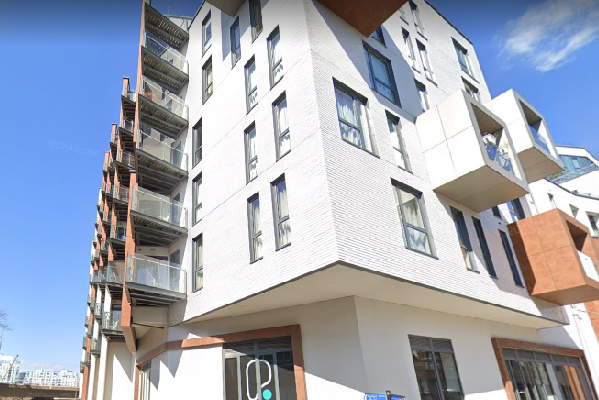You are viewing 1 of your 1 free articles
Housing association leaseholders face huge cladding costs if Building Safety Fund applications fail
Housing association leaseholders face being hit with enormous bills for cladding removal if social landlords are unsuccessful in bidding for funds under the government’s £1bn Building Safety Fund.
Inside Housing has seen correspondence from a number of large social landlords warning their leaseholders that they will be liable to pay if the organisation cannot secure funding elsewhere.
So far, housing associations have generally not passed huge costs for the removal of cladding on to residents.
But with the scale of the necessary remediation work growing, housing associations, including Moat, One Housing and Optivo, have all indicated to residents that they may face fees if costs cannot be recovered elsewhere.
It follows A2Dominion indicating the same to its shared owners at a block in Hoxton and comes as other associations increase service charges to cover the cost of interim measures at unsafe blocks.
Applications for the government’s £1bn Building Safety Fund, which is offering funding for 1,700 blocks with dangerous cladding, opened to social landlords last month.
This fund will only cover an estimated third of the overall affected buildings and will be allocated on a first come, first served basis, meaning many providers are likely to miss out.
Some of these refer to private sector blocks, where the housing association is the head leaseholder of affordable housing units, while others relate to blocks owned by the association directly. There are understood to be many other social landlords which have also notified residents of the potential costs or are planning to do so.
In some of the examples Inside Housing is aware of:
Bellville House in Greenwich (picture: Google Street View)
Moat wrote to shared ownership leaseholders at Bellville House in Greenwich (pictured above), south-east London, in April informing them that “the lease states that the ultimate cost will be borne by the leaseholder or shared owner and recovered through the service charge”.
The building, which is managed by Kinleigh, Folkard & Hayward (KFH), is clad with a rendered system incorporating expanded polystyrene insulation which requires removal. It is understood that KFH has applied to the fund.
In a statement to Inside Housing, the 20,000-home association said: “Moat will look to explore all other available external funding options to support leaseholders... We have sought legal advice on how we might be able to help with spreading the costs with a repayment plan.
“It is very unlikely that we would be able to cover the costs of remediation work for individual shared owners or leaseholders, given that there is a clear legal division of responsibilities and liabilities under the leases. The way that we are able to allocate our funding is governed by regulation and by our charitable purpose and both of these would restrict our ability to give a blanket commitment to cover such costs in the case of leaseholders and shared owners.”
On 20 July, One Housing wrote to leaseholders at the Rivington Apartments near Slough, which is owned and managed by its subsidiary Citystyle.
It said an application to the Building Saftey Fund had been made, but added: “If any of the applications we make are not successful, we will continue to explore other options including consulting with you on the cost of works through a Section 20 consultation [the legal mechanism to charge leaseholders].”
Chyrel Brown, chief operating officer at One Housing, said: “As a charitable organisation with social landlord responsibilities, our assets and income can only be used for charitable purposes and we cannot use them to fund building works which are the responsibility of leaseholders. That said, we are currently doing everything we can to minimise the costs to our leaseholders and are currently exploring opportunities to fund the remediation work.”
Optivo wrote to leaseholders at Sedgwick Street in Hackney on 15 July informing them that “there will be costs payable under your contract if we need to do work to your building”. The landlord has told residents that the property has “expanded polystyrene used in the external wall insulation, timber decking to the balconies and timber cladding” and the cost to fix it is estimated at £1.7m.
A spokesperson for the organisation said: “Our findings revealed a need for remediation work to the external wall system and balconies. We have written to all the leaseholders to let them know the situation. As with any remediation work of this scale, there is a cost involved. But recharging leaseholders for this will be an absolute last resort.”
Notting Hill Genesis (NHG) is the leaseholder of affordable housing properties at High Point Village in Hayes. The block is owned by private developer Ballymore and NHG is the head leaseholder of the affordable housing properties. The building has been registered for the fund. Leaseholders have informed Inside Housing that they are already paying increased service charges to cover interim safety measures.
A spokesperson for NHG said: “Before we know what approach Ballymore are planning to take, it is impossible to know whether there is likely to be any recharging to our shared owners. Our general position for properties we own and manage is that we will pursue every potential avenue to avoid having to pass costs on to leaseholders.”
A spokesperson for Ballymore added: “In line with the government’s latest guidance, we have recently completed intrusive inspections of the cladding systems at High Point. We are now in the process of informing leaseholders of the findings and will be developing a scope of remedial works.”
Leaseholders have told Inside Housing they fear being made bankrupt by the charges, which have reached more than £100,000 per block in other parts of the country.
Many are currently unable to sell, as the flats have a £0 valuation and would not pass an External Wall System 1 check necessary to secure a mortgage.
“It is a grotesquely unfair scenario. We bought the flats in good faith that they were safe to occupy and free from fire safety defects,” said one of the leaseholders at High Point Village. “Leaseholders did not construct the building, or sign-off on building safety, however we’re now required to finance any remediation works.”
Another resident of a block with cladding issues added: “It is only a matter of time before someone jumps off one of the balconies.”
Associations with charitable status are legally required to weigh the impact of a decision to charge leaseholders for the work or exempt them on the charitable purpose of the organisation, but this does not inevtiably mean they are obliged to bill them.
Nick Billingham, a partner at Devonshires solicitors, said: “The test is… what is in the best interests of the charity and that includes reputation, adverse publicity, challenge. All those factors go into the mix and it becomes a decision for the board.
“Two years ago, a lot of associations were looking for reasons not to recharge [leaseholders], even those who have a bit of money. But some are now reviewing that now that many more blocks have been discovered and are trying to work out if they should be recharging it."





